Beat the open King's Pawn Opening with Bc5!
With king pawn openings like the Spanish and the Italian coming back in vogue at all levels, it is essential for players to have something in store against the open king-pawn. And what could be a better than opting for something that offers similar structures in various lines? When Davide Nastasio stumbled upon GM Sam Collins' "Open Games with ...Bc5", he was frightened by the sheer size of the offered repertoire. But as he began digging into it, he realised that with the right "homework", he will have a formidable weapon against 1. e4 in his arsenal. Here are his impressions.
I’ve never played 1...e5 against 1. e4 as Black. However, I have toyed with the idea of playing the Russian Defense (1. e4 e5 2. Nf3 Nf6) because, for a certain period, I was playing 1.e4 as White and a friend of mine, with whom I played blitz often, had good results against me using the Russian. However, a good way to neutralize it and play sharply was the King's Gambit (1.e4 e5 2. f4)...

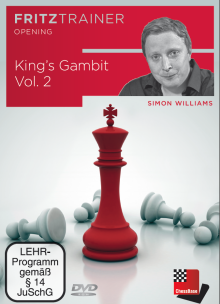
My attempts at using the Russian Defense were not so good. The main reason was that some lines were quite long and theoretical. I didn't have enough time to prepare. Often, to build the confidence to play an opening in a tournament takes up to 6 months or more.


But with this opening, I felt tight and passive. It was a mix of French and Caro-Kann. It was clearly a solid opening. But I felt the need for something more active to counter White's 1.e4.
Now I'm changing again because I feel the need to discover if this repertoire proposed by Collins fits my style as Black against 1.e4. Collins has made few DVDs on using 1...e5 against the Ruy Lopez. One of the latest DVDs was dedicated to placing the dark-squared bishop on g7 after the moves 1.e4 e5 2.Nf3 Nc6 3.Bb5 g6.
Such a system has also been used by Carlsen who always attempts to unbalance his opponents' preparation, as seen in the following game.
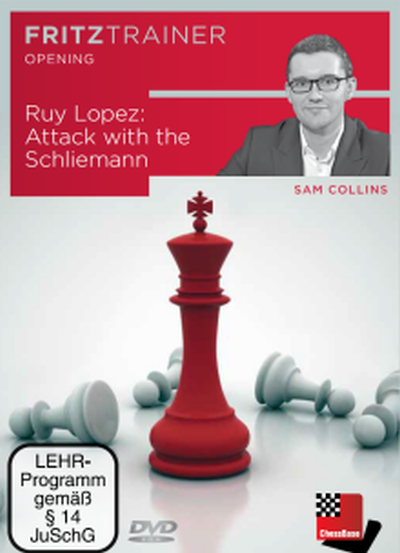
I'm introducing the many works of Collins to show the degree of knowledge and preparation of this professional player and the good opportunity we have to learn from him!
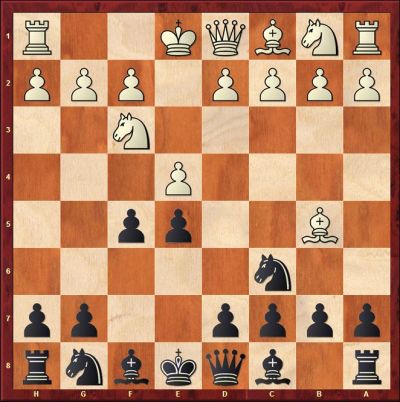
Collins, in the introductory video, begins to explain the advantages and disadvantages of the bishop on c5. Clearly, the advantages are pressure on the f2 square, because if White makes a mistake, he can lose the pawn; control over the centre; and more activity compared to a bishop developed in e7 or g7.
Another consequence of Bc5, followed by Pd7-d6 (closing the dark squares bishop on the queenside, compared to when such bishop is developed in e7) is that White can pin the Nf6 with Bg5.
The liberation manoeuvre from such pinning can also be the source of risk because in some cases White can sacrifice on g5, as seen in the following example played by one of the greatest women chess players in history...

Let's go to review the content of the DVD. There are 34 videos covering most White's options and telling us how big our repertoire will be. This could be frightening, but the point is that some themes which happen in the Ruy Lopez, can be used in the Italian game or in the King's gambit. Hence, playing this repertoire will open our minds to use an idea we learned in one opening into another opening!
The Spanish and the Italian
Before going on with the review, I'd like to share how we need to operate and do our own homework if we are really going to play this opening (as I will surely do). Before 4.Nxe5, Collins shows a deviation: 4.Bxc6 (the Spanish exchange) 4...dxc6 5. 0-0 f6 and gives his evaluation: "Black is comfortable in this position."
No GM has ever played it, but I found an interesting game where White is rated around 1500 and Black over 2000. And Black lost badly! This teaches us to avoid to think that just because Collins said the position is comfortable, it will be a very easy win.
Once I find a game where Black lost badly, I also try to identify the reasons so that I'll be ready in my tournament games. One way to do it using Chessbase 14 is to go under the Training Tab and push the button "Play out against Fritz". In this way, one can practice the opening and gain some experience before a tournament.
Then the DVD continues with the Italian Game - 1.e4 e5 2.Nf3 Nc6 3.Bc4 Bc5, with 3 videos. This is another opening, which like the Spanish, should be given a big space because it is clearly the theoretical battlefield of many champions also nowadays.
I'd like to share my experience with the DVD. First of all, I had about 20 days before the next tournament, and I wanted to learn this new repertoire. But, how to build enough confidence to play it was the big question. I looked up the main lines given under the "content" of the DVD on my Megabase 2017. For each line I watched at least 20 games, trying to absorb the main ideas from both sides.
When the games were not of good quality, I would play the line against an engine, as mentioned above. This would help me to see what the main tactical tricks were which I could fall into. And it was a slaughterhouse! The computer is definitely the most boring and annoying opponent one can find; it always wins! However, 20 days were not enough to build confidence and I had to give it more time. Now, it’s been more than 4 months since the first contact and I'm still not ready. One must acknowledge one's own limitations. Maybe, it will take me a year before I am able to use it with some form of competence.
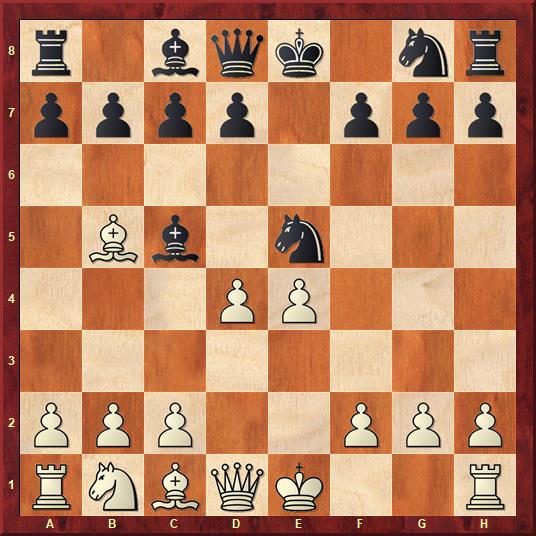
Also, in this case, it is important we do our homework. When I looked for games using this line, my attention was captured by a drawn game played in the ICCF. ICCF is the correspondence chess federation. They allow the use of engines in their games making the humans quite stronger than any possible human champion. Also, the time control here is 3 days per move which means players have the chance to go quite deep in their analysis. Hence, the game quality is good and worth watching.
As I wrote before, the Spanish is covered with a total of 16 videos. 3 videos cover the Italian game and 2 videos are dedicated to the 4 knights. The Scotch, King's Gambit, Vienna, Centre game, and Evans gambit have 1 video each. The DVD ends with 10 videos of testing positions.
The King's Gambit
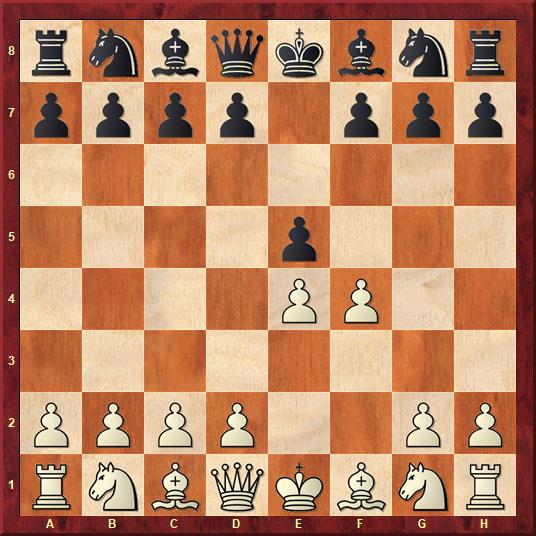
Only one video has been dedicated to the King's Gambit. However, this is a very dangerous opening, which cannot be under-estimated. According to my search in Megabase 2017, it is well alive at all levels from 1700 to 2500 rated players; everyone plays the King's gambit once in a while! Therefore, there is a need to spend some time studying the games and playing some games. Collins has given a good selection of games on the King's Gambit in the model database. Needless to say, it’s important that the student goes through them.
As I wrote before, GM Williams has also released 2 DVDs on the King's Gambit. And yes, in my opinion, if one wants to play the open games as Black, he or she needs to acquire those 2 DVDs and study them. It is important to study the ideas and manoeuvres in these openings so that we don't miss them in a tournament game. If we don't cover all the bases in our preparation, we are going to suffer some losses; better to avoid that and prepare!
The Scotch and its Gambit
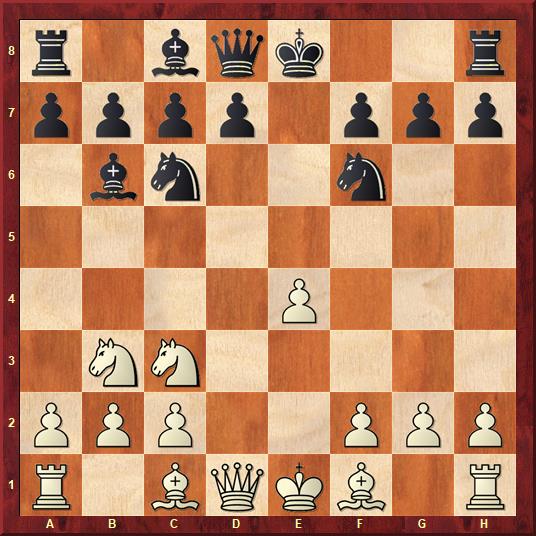
This is not what Collins recommends. I will not reveal what he has taught on the DVD because it could be a bad surprise for those of you who play the Scotch as white! I found interesting that Collins analyzed the latest trends in the Scotch and gave us a safe path to navigate such dangerous opening.
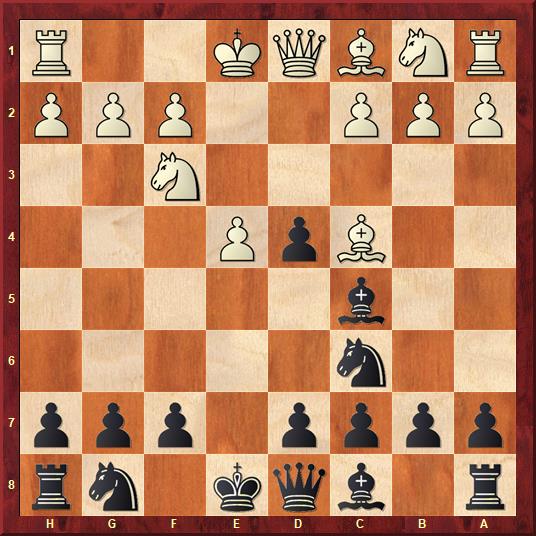
By the way, the Scotch gambit (1.e4 e5 2.Nf3 Nc6 3.d4 exd4 4.Bc4 Bc5 5.0-0 d6) is discussed under a different move order in the video, "Italian Various 4th moves,". The move order given is: 1.e4 e5 2. Nf3 Nc6 3. Bc4 Bc5 4. d4 exd4 5. 0-0 d6.
Centre Game
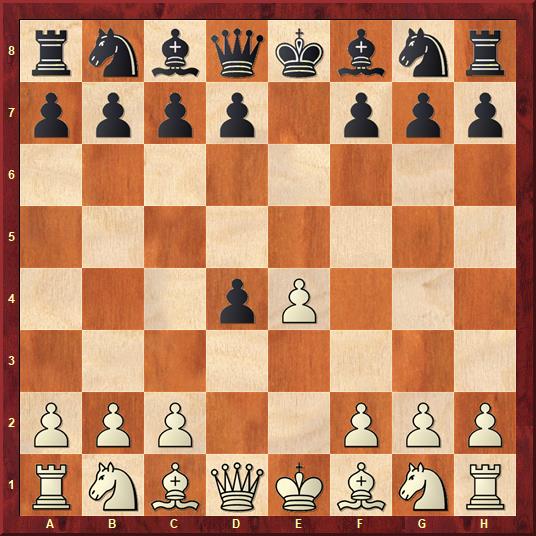
This is one of the openings where obviously we cannot use the Bc5 move. But it is also interesting because it can lead through transpositions into other openings. Once again, my mantra is: "do your homework". Because, even if the author of this DVD is very professional and clearly good in his field, he cannot cover everything.
Now, I'd like now to show you a game, because beauty and top chess should always be on our to-watch list! This game is mentioned by Collins in the video and, in fact, is pretty amazing! Collins adds that in this case doesn't matter the opening, because, in his opinion, life is hard when you are pitted against Morozevich, no matter what the opening is.
Databases
The DVD has 2 databases: one with model games (which contains 1604 games) and the other which contains analysis of the lines shown in the videos, which form the theoretical part, for a total of 23 game-lines. This second database is quite important because we can use it fpr reference. After we play a game, we can return to this database and update it with the line played in our game. In this way, after a while, we will have a reference to use while preparing for a tournament which will be easily linked to our memories on the board.
By the way, a DVD or a book – even if written by a titled player – can miss some continuations that are important for club players. Does this make the DVD or book bad? Absolutely not, because the truth is: we need to do our own homework! All this material will not magically enter our heads if we don't make any effort. A very important effort could be to find sidelines which were not treated and prepare them for our tournament games.


So what I did was I opened my Megabase 2017 and entered the above position in the filter. That is the reason we need a database program in 2017 – in order to prepare, we need to have tools which speed up our preparation. Out of 7 million games, the program found over 220 played with this line.
The first game was played by Gioacchino Greco, an Italian player of the 1600s. Here is the game:
Quickly I went over these 200 games to get an idea of what white plays and why. And why did I watch all games quickly? Because some are garbage. But some others, like those played between 2100-2300 rated players, can relate to our tournament experience and the level of opposition we face, like the following game:
To think that a line with Qh5 is played just by amateurs, or players under master level is a mistake, as in the following game played by strong Russian GMs.
In general, what I'm trying to say is that once I've seen all the videos (sometimes, even while watching them), I jot down all the crazy ideas, lines, and moves Collins didn't explain or treat. I then check if there are games played because my opponent could play that move or idea during a tournament game, and I don't want that kind of surprise.
Now that we are coming toward the end of the review, I'd like to share one small criticism, because, as a reviewer, I must be impartial. Collins uses a lot of fillers (like “ahm”, which he uses very frequently) while talking. Obviously, this doesn't change the good quality of the content provided, but surely Collins can improve his presentation if he could avoid using these before every phrase he utters.
In Conclusion
I felt Collins is a good teacher because I realized he researched what the current trends of many openings are and gave us a repertoire to neutralize those ideas. Many of our opponents do not pay attention and copy their favourite chess champion's opening repertoire. It would be naive to think we can neutralize hours of research over the board. Hence, we need an experienced titled player like Collins who could tell us what we are going to face and how to neutralize it. However, I must also mention that this is a high maintenance repertoire. One must keep it updated with the latest theoretical findings. This means that every Monday one needs to download the latest games played in the major tournaments around the world and check all lines for novelties or new ideas. That said, good luck, and have fun playing against 1.e4 with Bc5!
About the Author

Davide Nastasio is a novel chess aficionado, who has made of chess his spiritual tool of improvement, and self-discovery. One of his favorite quotes is from the great Paul Keres: "Nobody is born a master. The way to mastery leads to the desired goal only after long years of learning, of struggle, of rejoicing, and of disappointment..." He is one of the main writers for ChessCafe on Chessbase products, he authors articles on British Chess Magazine, and he is one of the main contributors of Georgia Chess Magazine in the new electronic format: Georgia Chess News. He is an active player, and organizes and directs chess tournaments.

